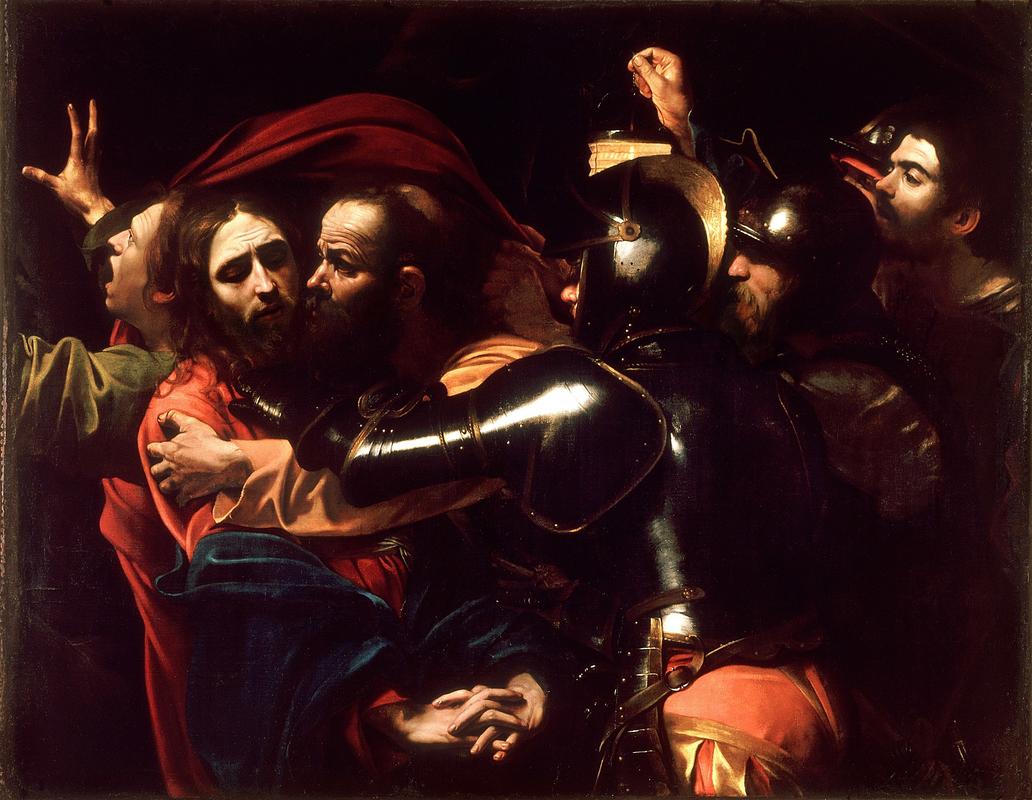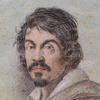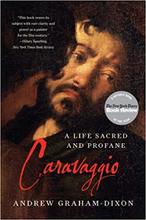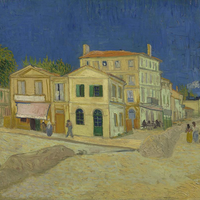More about The Taking of Christ
- All
- Info
- Shop

Contributor
Caravaggio’s The Taking of Christ is a snapshot of the beginning of the end for Jesus before his resurrection.
This piece, made with the classic Caravaggio chiaroscuro (extreme contrast of light and dark in a single image) is drama for your mama. Judas has just stabbed Jesus in the back and is pictured here kissing him as a way to identify him to the soldiers who are about to lock him up. Meanwhile, St. John is having a tizzy fit over the whole scene and is seriously deliberating whether he should defend his friend or just call the whole thing off and make a run for it. By the look on his face, we’re pretty sure he’s going for the latter. Jesus is looking sad but accepting of his fate. Then there’s the guards, whose faces are covered by their helmets. And last but not least, there’s a random dude holding a lantern the lights up this whole mess. Critics have said that this may have been a self portrait of Caravaggio, but could also be St. Peter. By having John running away at the far left of the painting and having himself walk towards Jesus at the far right of the painting, Caravaggio subtly explains that he is more pious than even the disciples, a claim with which any biographer of his would surely take issue.
This painting, which was commissioned by the Roman Marquis Ciriaco Mattei in 1602, was accidentally misplaced for about 200 years. The piece has about 12 copies by both Caravaggio and his pupils. This particular Taking of Christ was thought to be just another copy, but upon closer speculation, was found out to actually be an original. It had been hanging in the Jesuit House on Leeson Street, Dublin for years and when they found out in 1987, they lent the piece to the National Gallery of Ireland indefinitely. It was a classy move on the Jesuit House’s part.
Sources
- Apesos, Anthony. "The Painter as Evangelist in Caravaggio's Taking of Christ.(Essay)." Aurora, The Journal of the History of Art 11 (2010): 21. http://bobcat.library.nyu.edu/primo-explore/fulldisplay?docid=TN_gale_o…
- Kakutani, Michiko. "On The Trail Of A Missing Caravaggio." Nytimes.com. N.p., 2005. Web. 15 Oct. 2018. https://www.nytimes.com/2005/12/02/books/on-the-trail-of-a-missing-cara…
- "The Taking Of Christ By Michelangelo Merisi Da Caravaggio." National Gallery of Ireland. Web. 15 Oct. 2018. https://www.nationalgallery.ie/taking-christ-michelangelo-merisi-da-car…















